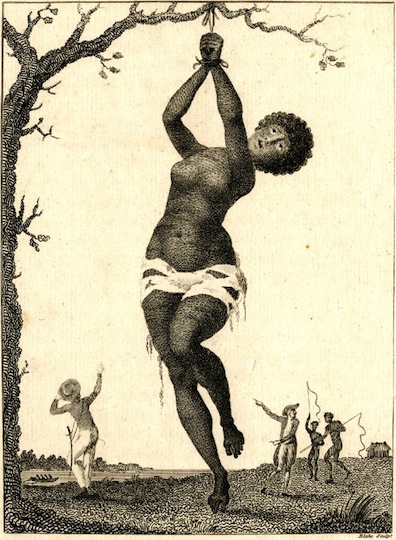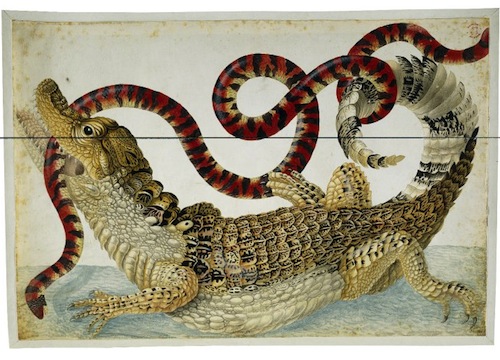This is my book from Paraguay for the Read The World challenge. I previously bought a copy of I, the Supreme by Augusto Roa Bastos, but that’s a fat dense modernist novel and it defeated me.

I always find it frustrating reading poetry in translation. I mean, even with English-language poetry I often find myself uncertain, not knowing what to think; with translations you get the added bonus that you know that something will be missing, but you never know what.
And with a selection of different poets but only one translator, there’s the added worry that the influence of the translator will make them all sound alike.
In other words: nothing here grabbed me the way that poetry sometimes can. But there were certainly things to enjoy. And in fact I’ve been enjoying dipping in and out for this post more than I did on the first read-through.
Much of the poetry is political; Paraguay has been under some variety of dictatorship for most of its history, most notably under Alfredo Stroessner from 1954-89, and there are poems about repression and violence; here’s a short one about Stroessner, by Jacobo Rauskin:
Alfredo Ages
The effigy sustained
by a thousand standard bearers
loses its force and colour.The years attenuate
the militant rictus
and the great bully
looks old in the sun.
But there is poetry on a variety of themes, including the usuals: poetry, love, death, nature. Rain seems to be a recurrent image. Here’s one by Joaquín Morales, picked semi-randomly because I quite like it and it’s short enough to type out:
Still Life, 1
It’s not the partridges with their eyes
probably bursting out,
nor the bouquet of their legs
mingled with aromatic herbs;
nor the clay vase
that clearly shows
the prints of the fingers that molded it;
not even the dark,
irregular boards of the table,
whose veins and nodules still retain
the aroma of the forest:not the old theme of appearance and reality,
nor the one of time briefly detained in brush strokes
that memory vivifies and recomposes:perhaps — though certainty is almost impossible —
perhaps it’s the complete apprehension
of a yellow reflection in a small dark beak.
A bit of a mixed bag, then, which perhaps is what anthologies should be; but certainly quite a lot of things I liked.
» I got the photo from Flickr; it shows the confluence of the Río Paraguay and the Río Paraná. The two rivers mark the border between Argentina (to the south and west) and Paraguay. So the photo is mostly Argentina; but it’s a nice image. It is © NASA Goddard Space Flight Center and used under a CC-by licence (although actually I think NASA photos are in the public domain automatically?).







